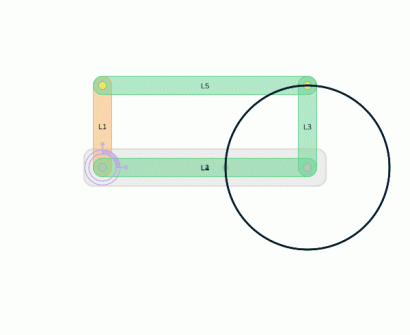Currently Empty: ₹0.00
Hello all. Welcome to the 9th of our Gifted World challenge series. Below the question, you will also find the solution and featured responses we received for Challenge number 8.
This week’s challenge is to check the reasoning of a popular WhatsApp forward. Give it your best shot!
Post your answer here – https://forms.gle/qfsp4846NZdZwoKb8
Critically analyse this WhatsApp forward –
A man took the battery of an e-bike into the lift. As soon as the lift’s doors closed, the battery first caught fire and then immediately exploded. Maybe the electro-charge in the battery exuded a strong magnetic field which was too much for the confined metallic cabin of the lift.
Kindly send this video to your near and dear ones, and please do not carry a high power rechargeable battery inside a lift.
For this challenge. analyse which parts of this explanation are believable and possible, and which parts are not. For aspects that you don’t think are accurate, can you provide an alternative explanation that describs why that happened.
x+2x+3x…+12x=6000
78x=6000
x is approximately 77
Justification –
The lift covers double the distance to go the second floor from ground than it does to go to the first floor from ground so by logic, the cost should also be a double. We can repeat this similar pattern and derive the equation above.
Bonus: there shouldn’t be any change in the split up because the person living on the 12th floor could also argue that they are using the lift simultaneously with another person uptil the 11 th floor and thus they aren’t causing any additional usage until they are moving from the 11th floor to the 12th floor. The split up should be the same as the one I have mentioned above. “
Other students who arrived at a similar solution were –
Samuel D’Costa Grade 8 Pearl Wisdom School, Dubai
This solution was given by Anshuman Tripathy, Grade 9, Delhi Private School Sharjah
But then, when we think about it, we realize that splitting the costs equally is actually beneficial. Sure, the lawyer lives on the first floor. but she is the one who has the accessibility and convenience of using the lift. She can easily use the lift up and down and doesn’t have to spend time waiting for others to get out of the lift compared to the person on the 12th floor when the lift is full. She, therefore, gets an added advantage. The aforementioned ultimately prove that the lawyer is the one who actually should pay higher.
however, keep in mind that whenever there is inequality or if someone pays more than others for the same thing, it can create an unhealthy ecosystem in the building. People paying more than others for the same thing will always taunt those paying less, which will not be good for the building community. But when all the people pay the same price, it will build relations between the residents and create a great ecosystem within the building.”
2)Fairness in community – when people pay the same amount, it helps make the ecosystem in the building community much more better and helps people bond.
3)Simplicity – The billing system will be much more efficient and easy to calculate when all the people pay the same equal amount rather than equating every individual’s amount.
4)A healthy ecosystem – As mentioned earlier, it will help in making the community and relations between residents much better considering each and every resident pays equal amount.
Therefore,in conclusion, splitting the electricity bill for the lift equally among all 12 residents is justified and beneficial. Each resident pays rupees 500 per month, accepting both the equal accessibility and the convenience factors. This ensures fairness, simplicity, and a harmonious community within the building.”
Other students who arrived at a similar solution were –
Viraj Singh, Grade 6, The Indian High School, Secondary Campus, Dubai
This solution was proposed by Vihaan Harrison, Grade 8, Delhi Private School Sharjah
More fair than equal split: Takes into account use by floor
Recognises shared rides: Base charge stops lawyer being penalised for just gaining the benefit of an already running lift.
Flexibility: The weighing system to be used can be adapted based on the preferences of the residents.
Inside the building, negotiate and agree with all residents on a base amount and a weighting system. Provide a table indicating the weights per floor, detailed calculations, and the final monthly contribution each floor has to pay. This combined solution is fair and adaptable to splitting an electricity bill by considering individual usage and further shared lift rides.”






